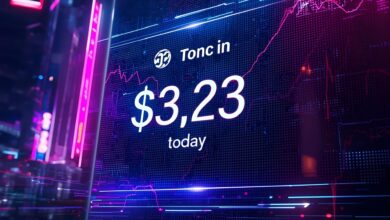Altcoins vs Stablecoins: Major Differences 2024
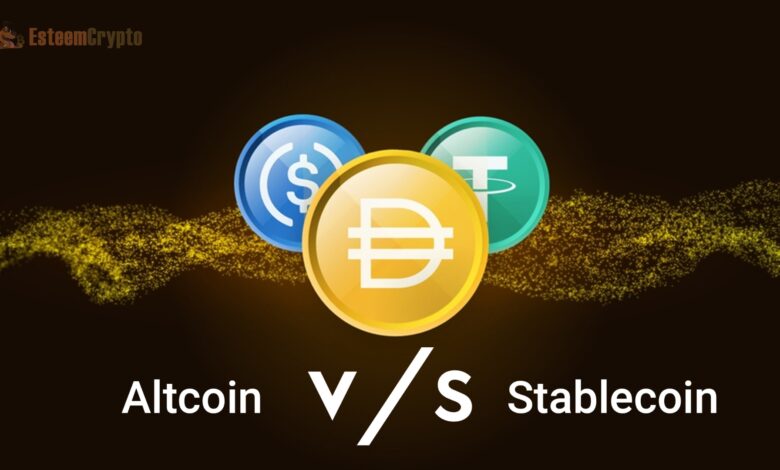
Altcoins vs Stablecoins. The term “altcoin” refers to any cryptocurrency that is not Bitcoin (BTC) or any coin that is similar to Bitcoin but is not Bitcoin (BTC) $67,324. There are a lot of altcoins out there, and they’re all supposed to be functionally competitive with Bitcoin, the market leader. Any major cryptocurrency exchange, specifically an altcoin exchange, can trade altcoins. Learn about stablecoins and altcoins, how they differ, and what each is good for in this article. Finally, the paper finishes with an analysis of some of the most widely used stablecoins today.
What is a Stablecoin?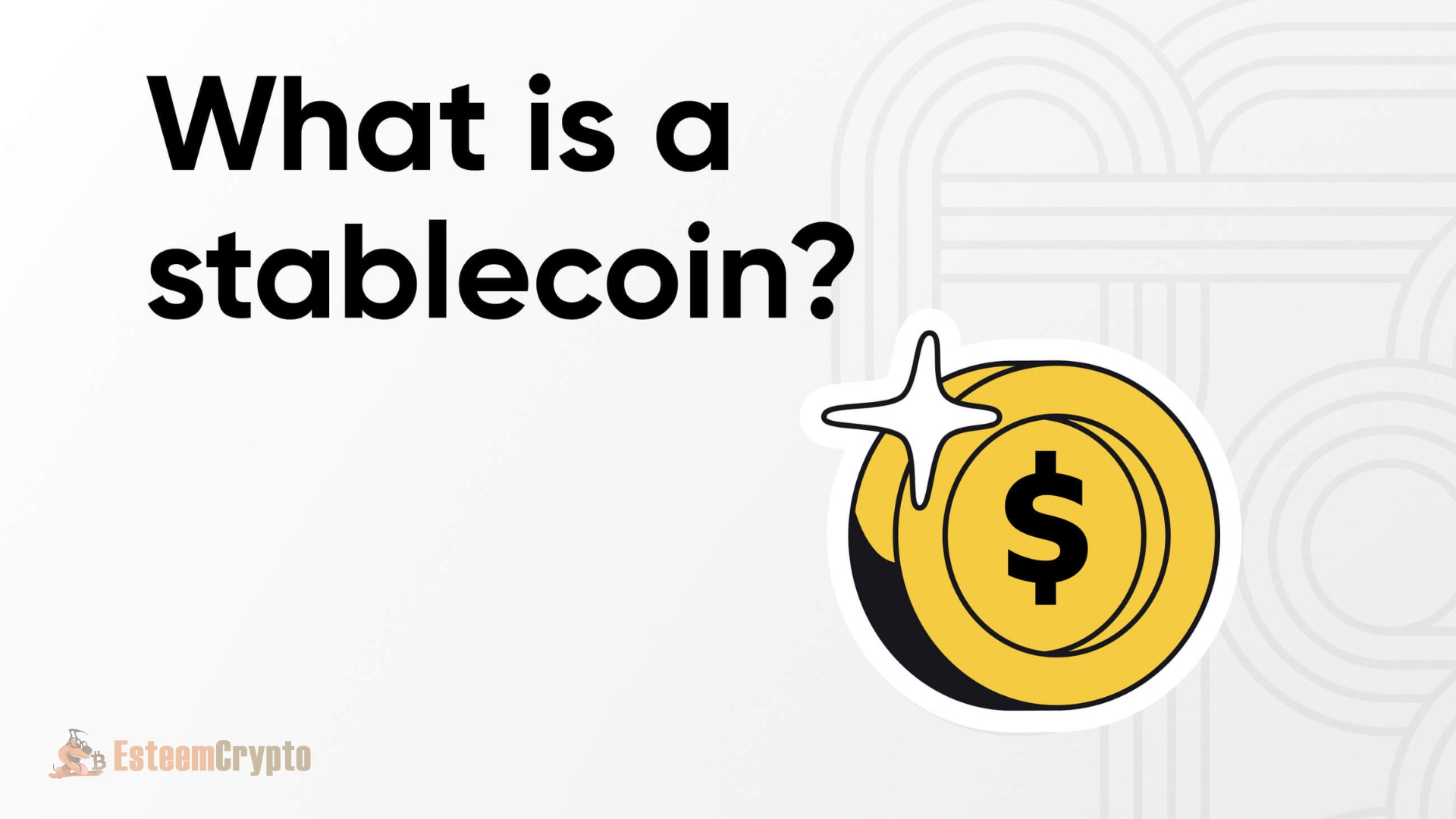
Altcoins that aim to maintain price stability in the cryptocurrency market are called stablecoins.No matter what happens to the market, the value of a stablecoin should remain consistent. For instance, the DAI stablecoin has a $1 peg to the USD. Consequently, 1 DAI is consistently worth $1.
Stablecoins can theoretically have their market value tied to anything. Therefore, there are no “best” stablecoins, but it has been usual practice to have their value fixed to the U.S. dollar. Another option is to connect a stablecoin to another cryptocurrency algorithmically. While Tether USDT $1.00 was the pioneer stablecoin, it is far from the only one.
Altcoins vs Stablecoins: Key Differences
In terms of functioning, the primary distinction between stablecoins and altcoins is their intended use. Stablecoins aim to offer some stability as a buffer against the high price volatility of cryptocurrencies. It should be noted that stablecoins maintain a constant cash reserve.
Unlike Bitcoin, altcoins offer new and valuable features, such as using decentralized finance (DeFi) tools. These features are made feasible by smart contracts and also allow for cheaper costs and quicker transactions than Bitcoin. Altcoins’ value might rise and fall much like Bitcoin’s. If they can improve Bitcoin’s initial consensus mechanism, the top altcoins can take a large portion of the market. So, they may provide early backers with a significant return on their investment.
Return on investment (ROI) for stablecoins is reduced significantly. Interest rates on stablecoins range from 5% to 20%, but that’s not the only thing that makes them attractive to traders. The ability to integrate innovative design enhancements into the crypto token and the fact that stablecoins eliminate the need for users to on-ramp fiat are two of the many benefits of stablecoins. The constant price of stablecoins is essential for cryptocurrency transactions that depend on speed for profitability, even though it is not as rewarding for investors.
Is Ethereum an Altcoin?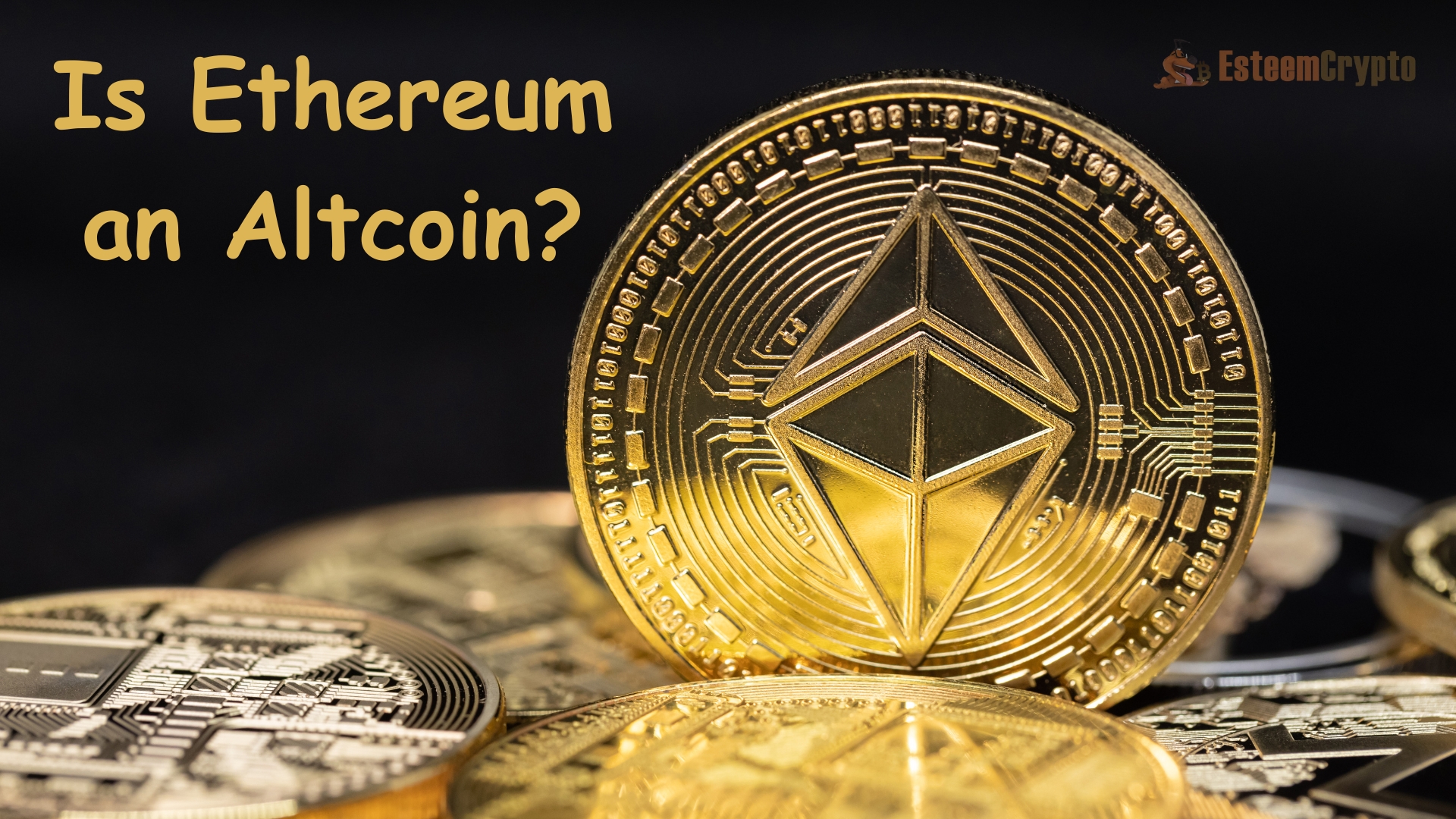
There is no altcoin more popular than Ether ETH $3,658 in terms of trading volume and total value locked (TVL). (The native token, ETH, operates on the Ethereum network.) Ethereum (ETH) is the first blockchain to have smart contract capability; as a result, it is sometimes considered an altcoin, which has some investors who are against its inclusion in the current rankings of the most popular cryptocurrencies. Ethereum, being an altcoin, is a fact.
Also Read: What Is Ethereum (ETH)? An Ultimate Guide By Coinindesk
When to Hold Altcoins vs Stablecoins
Because of their distinct applications, having both altcoins and stablecoins can be advantageous. An investor can opt to own a portfolio that is more heavily weighted toward alternative cryptocurrencies as opposed to stablecoins, or the reverse. The goals and risk tolerance of the investor, in addition to market conditions, determine the allocation of the portfolio.
When to Hold Altcoins
Many altcoin projects are launching in the market with surprising speed. These cryptocurrencies are attractive to investors who are looking for the following features:
-
More affordable investments. Bitcoin and Ethereum, the two leading cryptocurrencies, have become prohibitively expensive. However, other cryptocurrencies with a smaller market cap tend to be more cost-friendly. Newer investors feeling intimidated by the space can begin their cryptocurrency journey in this friendlier approach.
-
Potentially lucrative returns. Investing in new or rising assets can yield quick gains. Investors who are drawn to high potential returns must monitor the more successful altcoins to buy consistently for the best returns.
-
Short-term investments. Altcoin is an excellent place for short-term traders to invest. Some of the altcoins to buy in 2022 are Ether ETH $3,658, Ripple XRP $0.52, Solana SOL $166, Litecoin LTC $85.01, and Polygon MATIC $0.7134.
Reputable altcoins are traded on major cryptocurrency trading platforms like Coinbase and Binance.
What is Altcoin Season?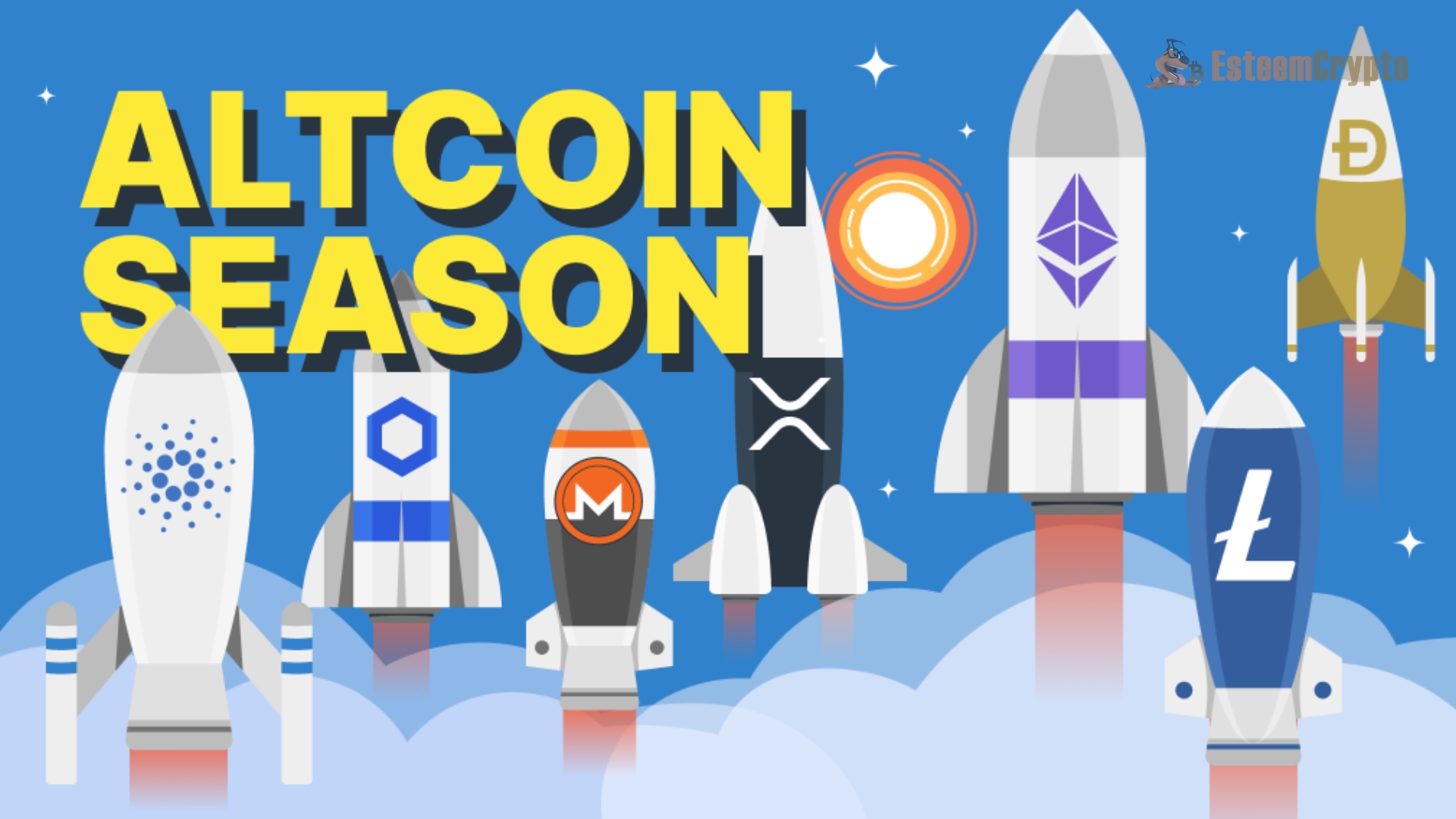
The idea that cryptocurrencies do better just after a Bitcoin increase is gaining traction. There has been talk of calling this period “altcoin season.” Assuming Bitcoin’s price stays flat, this tendency will cause altcoins to increase in value. When most of the top 50 altcoins have performed better than Bitcoin over the last 90 days, we say that it is an altcoin season. Nevertheless, crypto markets are volatile, and it’s difficult to predict when an altcoin season will arrive.
When to Hold Stablecoins
Stablecoins are often used as a hedge against inflation or to avoid the price fluctuations of cryptocurrencies. Holding stablecoins for trading and escrow is a good strategy.
Trading
When trading or exchanging volatile cryptocurrency tokens, stablecoins provide an alternative that doesn’t involve converting to money. Stablecoins allow investors to diversify their portfolios and keep part of their cryptocurrency holdings stable during periods of extreme price volatility. The trader can then maximize their profits by securing stablecoins within a protocol. Without losing money, the trader can reinvest the stablecoins into another cryptocurrency.
Leverage
Some margin protocols, such as dYdX, provide users with the option to use stablecoins as collateral and engage in margin trades with leverage up to 5x. This enables crypto traders to take long and short positions straight from their crypto wallets, which has many advantages, the most prominent of which is convenience. Popular stablecoins include MakerDAO’s DAI, USD Coin USDC $1.00, Binance USD (BUSD), and Terra USD (UST).
Why Stablecoin Interest Rates are so High
There is always more demand than supply when it comes to stablecoins. Interest rates on stablecoins are higher than those on fiat currencies because of the elimination of economic rents by DeFi protocols. Furthermore, the high interest rates are explained by the fact that these protocols must encourage investors to offer liquidity. (The rates should align with the growth of the TVL of these protocols.)
Altcoins vs Stablecoins: Exchanges for stablecoins, a type of cryptocurrency, provide high interest rates to entice new lenders. Exchanges are prepared to give customers better interest rates in exchange for stablecoins because their value remains fixed.
Because of the extreme price volatility of other altcoins, which makes them a riskier store of value, exchanges typically provide lower interest rates for them. Coins like Ethereum (ETH) have interest rates between five and eight percent. On the other hand, stablecoins frequently come with interest rates of 10% or higher.
How to Hedge Inflation with Stablecoins
One big issue with fiat currencies is inflation. The fiscal policy decisions made by the governments and central banks of different countries determine the value of various currencies. A nation’s currency is only worth what the public is willing to pay. (“Fiat” translates to “It shall be” in Latin, meaning that the value of a country’s currency is determined by its government.) When trust in the government that prints money dwindles, that cash may soon be worthless. The value of many fiat currencies is low compared to stronger ones because of the widespread inflation these currencies experience.
There is a way whereby stablecoins protect themselves from inflation. The conversion of a devalued local currency into a stable foreign currency may be hindered by traditional banking operations.
But stablecoins make it possible for anybody with an internet connection to buy an asset with the same value as fiat currency, no matter where they are on the globe. The tokens are engineered to mirror the value of their corresponding currency constantly. Consequently, the value of a USD-based stablecoin is continuously adjusted by its peg to coincide with the value of the US dollar.
You may hold these stablecoins and trade them for cash when needed, even during extreme volatility. Therefore, stablecoins make it easy for people to keep their buying power with few limitations.
Issues with Stablecoins
Is there a physical vault where stablecoins’ USD equivalents are stored? Stablecoins has raised this question. For fiat-backed stablecoins, the actual backing of the digital asset in the form of financial reserves ensures a $1 peg per coin.
For the sake of openness, the money must undergo audits by outside parties. On the other hand, cryptocurrency markets are primarily uncontrolled. Some experts worry that well-known stablecoin projects lack the capital to back their tokens, casting doubt on the viability of fiat-pegged stablecoins.
Tether (USDT)
As shown in the $1.00 Tether USDT dispute, some analysts doubt that the stablecoin is backed by physical assets stored in a vault. Tether revised its March 2019 website to state that it was 100% supported by USD, meaning that it was backed by cash assets only. The website now proudly proclaims that Tether is “100% backed by reserves,” which can encompass a wide range of assets, including cash, non-cash, cash equivalents, and loans.
Tether changed its position in April 2019 by stating that 74% of its backing came from “cash and cash equivalents.” After the New York Attorney General’s office started investigating the corporation’s claims in February 2021, the company legally agreed to pay a fine of $18.5 million. A certificate attesting to Tether’s collateral was made public as part of the settlement with the office of the New York Attorney General.
According to the data they made public, cash accounts for just 2.9% of the underlying assets. Nevertheless, a respectable auditing company has not yet independently confirmed these statistics, and this in no way represents an audit.
USDC Coin
A small number of investors and traders favour USDC over USDT. Many banks and credit unions have started using USDC, including Visa and Moneygram. Notable investors like Fidelity, Marshall Wace, and Bloomberg have also put money into Circle, the parent business.
Despite UDC’s dollar peg, investors and traders prefer it over Tether because of the asset-backed stablecoin’s greater transparency. Circle publishes an independent monthly verification of its cash reserves. The sixth-largest accounting firm in the US, Grant Thornton LLP, has signed off on these attestations.
Altcoins vs Stablecoins: Nevertheless, research shows that the amount of USDC backed by cash and equivalents is only approximately 60%. Bonds and U.S. Treasury bills, which are both short- and long-term debt instruments, make up the rest of the assets.
MakerDAO’s DAI Stablecoin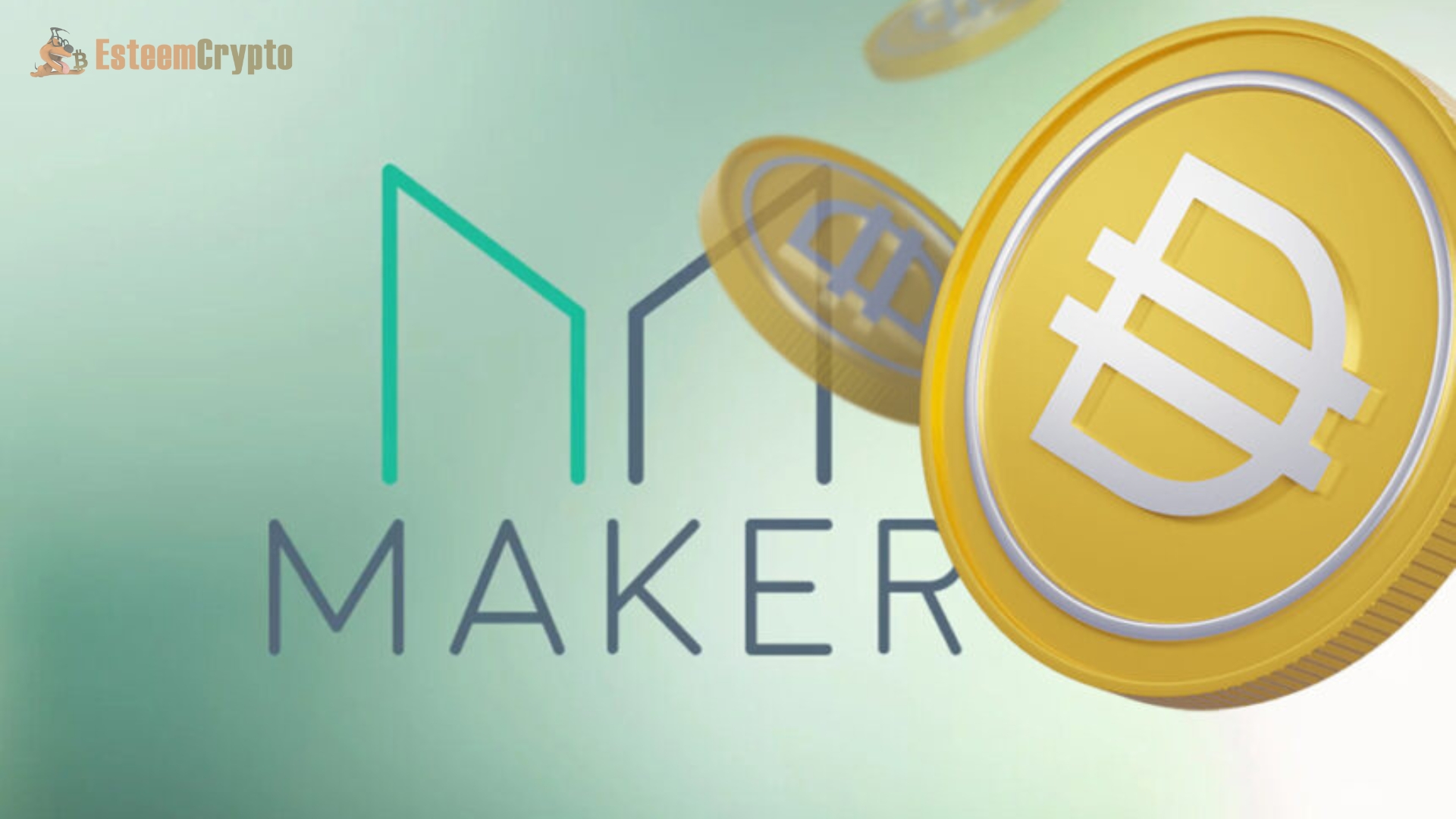
While USDC and other debt-backed stablecoins reduce volatility, they also increase the possibility of a complete value collapse. This is less likely to happen with DAI and other algorithmic crypto-backed stablecoins. Stablecoins that use algorithms to control supply maintain constant pricing.
To create scarcity, algorithmic stablecoins repurchase tokens when their prices drop too low. But when prices get out of hand, more tokens are made and put on sale to bring the supply back down.
The DAI stablecoin uses smart contracts on Ethereum to automate this procedure. It is more cost-effective to use an algorithm rather than keep reserves. The algorithm might not work well during periods of high market volatility, which would cause the stablecoin’s price to fluctuate and open the door to arbitrage opportunities.
Altcoins vs Stablecoins: Key Takeaways
Altcoins are valuable assets for cryptocurrency investors, but their prices may be volatile. The value of a cryptocurrency may skyrocket—and then plummet—in the blink of an eye. Additionally, there are now too many low-quality ventures in the cryptocurrency market.
While stablecoins do reduce losses, they have not been immune to criticism. During significant market volatility, many wonder if the leading stablecoin projects can keep their declared value. Several criteria, like as the user’s risk tolerance and the ultimate purpose of their portfolio, determine whether stablecoins or altcoins are the better investment option. To produce a portfolio that is delta-neutral and minimizes losses, expert investors may choose to combine the two strategies.


